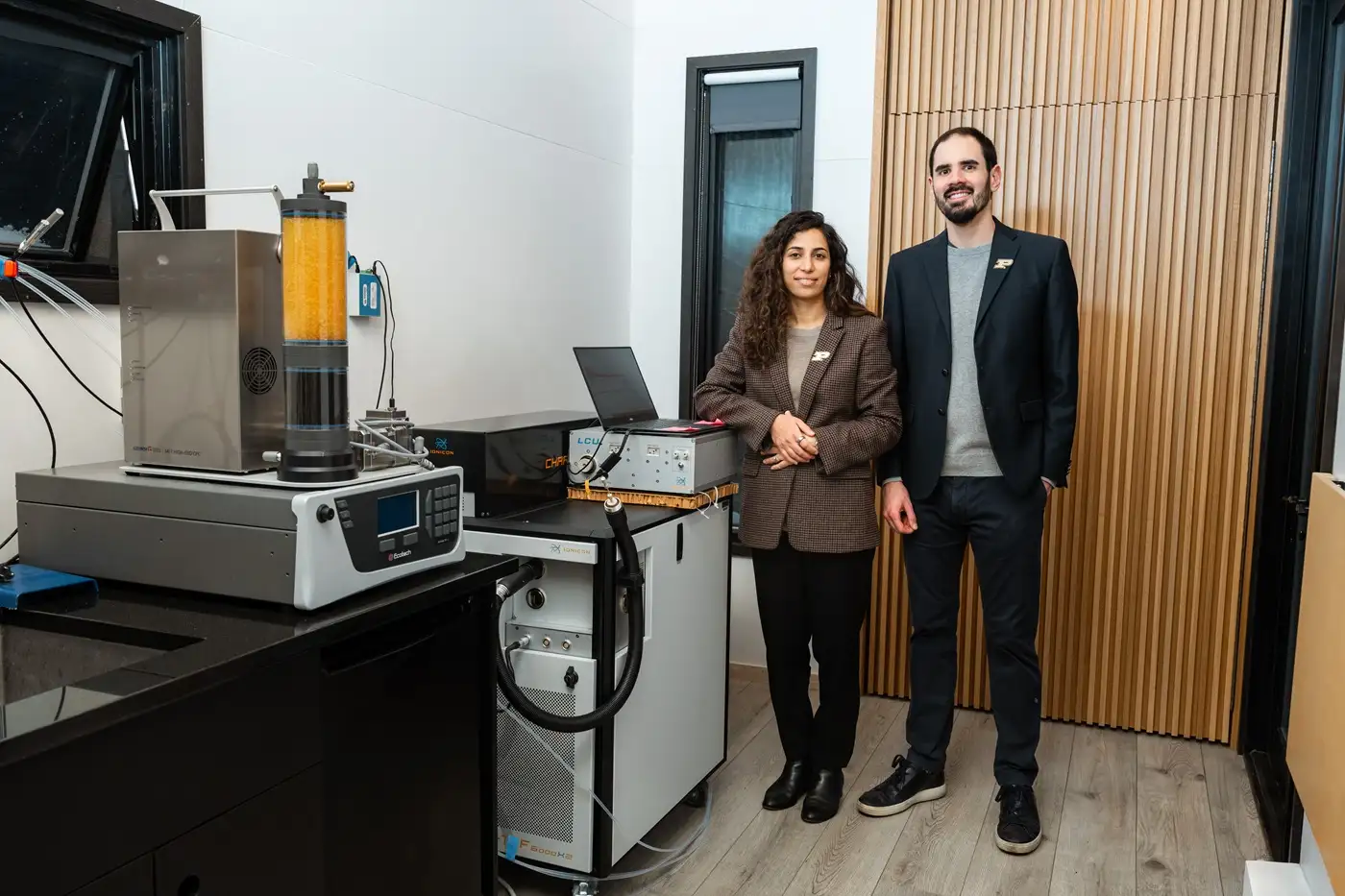
Nanoparticles in indoor environments: How everyday products affect air quality
2025/02/20
Friedersdorf, 20 February 2025 - Air fresheners, deodorants, cleaning products and many more: The air indoors can be even more polluted by everyday chemical products than outdoors! Their use creates nanoparticles that are small enough to penetrate deep into the lungs and cause damage to our health. This is the latest finding of a research team at Purdue University in Indiana, USA, which has been successfully using aerosol measurement instruments from GRIMM AEROSOL TECHNIK, a member of the DURAG GROUP, for its extensive investigations since 2021.
“With remarkable detail and precision, the Purdue team has made discoveries that shed new light on indoor nanoparticle formation,” says Gerhard Steiner, lead scientist and product manager for nanoparticle measurement at GRIMM.
Precise real-time measurement of indoor pollutant emissions
GRIMM’s mobile particle size spectrometer including a particle size magnifier-scanning mobility particle sizer (PSMPS) is used in a tiny house laboratory on the university campus. The official name is “zero Energy Design Guidance for Engineers lab” or “zEDGE tiny house lab” and it is full of sensors and devices that will measure the pollutant emissions of everyday household activities precisely and in real time since 2021. This experimental setup allows researchers to study indoor air quality more comprehensively than ever before.
The latest research result from this series shows: Fragrances released indoors react with the ozone present to form high concentrations of nanoparticles, which are suspected of posing a serious threat to respiratory health. Thus, fragranced products are not just passive sources of pleasant scents but are actively altering the chemistry of indoor air. When chemical fragrances produce nanoparticles smaller than 3 nanometers (so-called nanocluster aerosols), they are comparable to or exceed the emissions from gas stoves and car engines. Between 100 billion and 10 trillion of these particles can be deposited in the respiratory tract in just 20 minutes after contact with perfumed products.
Further research on nanoparticles in indoor air is needed
Gerhard Steiner adds: “I agree with the Purdue research team that further research on this topic is essential. And we at the DURAG GROUP are pleased to be able to make an important contribution with our high-precision instruments.”
Read a detailed version of the Purdue research team’s test results: https://www.purdue.edu/newsroom/2025/Q1/air-inside-your-home-may-be-more-polluted-than-outside-due-to-everyday-chemical-products/
For more information on the collaboration around the tiny house project, click here: https://www.durag.com/en/indoor-aerosol-measurement-3834.htm
Picture copyright: Purdue University



